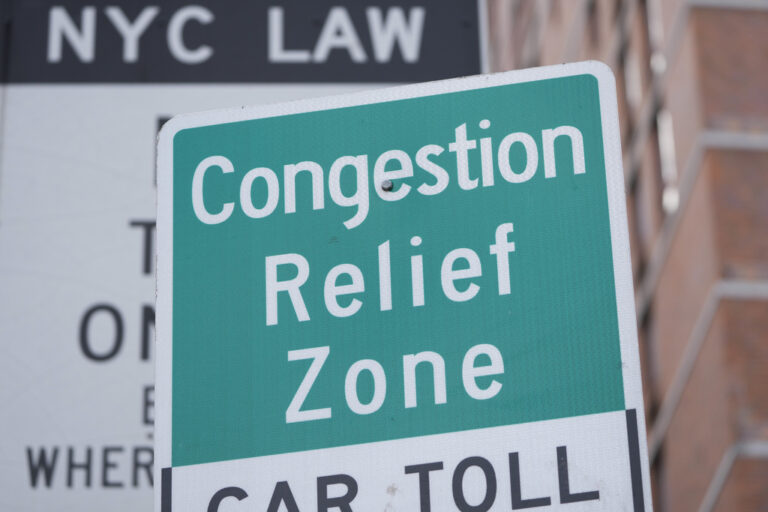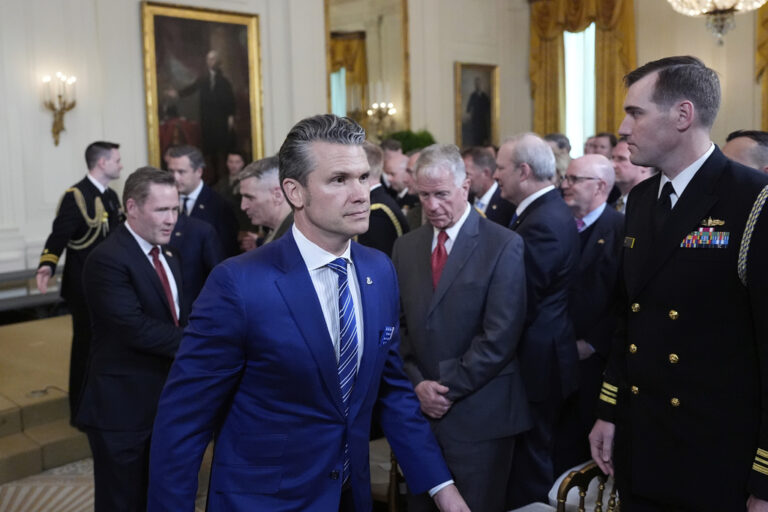 President Donald Trump’s first executive order targets the sweeping “Obamacare” law by giving federal agencies broad leeway to chip away at the measure. But Trump still needs Congress to do away with the law for good.
President Donald Trump’s first executive order targets the sweeping “Obamacare” law by giving federal agencies broad leeway to chip away at the measure. But Trump still needs Congress to do away with the law for good.
Trump signed the executive order in the Oval Office Friday, hours after being sworn in as the 45th president of the United States.
The one-page directive gives agencies authority to grant waivers, exemptions and delays of provisions in the Affordable Care Act. But until it becomes clear what steps federal agencies take as a result, its full impact on Americans and their health insurance is uncertain.
Here’s a look at Trump’s executive order:
———
Q: What does the order do?
A: Trump’s order states that federal agencies can grant waivers, exemptions and delays of “Obamacare” provisions that would impose costs on states or individuals. That language appears to be aimed squarely at undoing the law’s unpopular requirement that individuals carry health insurance or face fines — a key provision of the measure former President Barack Obama signed in 2010.
It’s not spelled out whether the IRS could waive the fines for failing to secure coverage and the White House has not explained how it wants agencies to respond to the order.
The measure also directs agencies to stop issuing regulations that would expand the health care law’s reach. And it says the federal government must allow states greater flexibility in carrying out health care programs.
“It’s a sign that the Trump administration is looking to unwind the law in every way it can administratively,” said Larry Levitt of the Kaiser Family Foundation, a nonpartisan clearinghouse for information and analysis about the health care system.
———
Q: Will people who get insurance under “Obamacare” lose their coverage as a result of Trump’s order?
A: The order doesn’t directly target the insurance marketplace at the center of the health care law. But some experts say that if the directive leads to broad exemptions from the law’s coverage requirement, it could scare off insurers.
Insurers see the coverage requirement, or so-called individual mandate, as an essential tool to nudge healthy people into the coverage pool. Without it, the companies and most independent experts believe premiums would spike, making HealthCare.gov’s insurance markets unsustainable.
Leslie Dach, campaign director of the Protect Our Care Coalition, issued a statement saying, “While President Trump may have promised a smooth transition, the executive order does the opposite, threatening disruption for health providers and patients.” He called the executive order “irresponsible.”
———
Q: How quickly will any changes take effect?
A: The executive order may not have much impact for 2017, since government rules for this year have already been incorporated into contracts signed with insurance companies.
Departments like Health and Human Services and Treasury will have to issue policies that embody the new president’s wishes.
The Trump administration can rewrite regulations carrying out the legislation. New regulations cannot be issued overnight, but would have to follow a legally established process that requires public notice and an opportunity for interested parties to comment on the administration’s changes.
———
Q: What is Congress’ plan for the Affordable Care Act?
A: With Republicans in control of both the White House and Congress, undoing Obama’s health care law is at the top of the party’s agenda for 2017.
There’s broad agreement among Republicans that the law should be repealed. But lawmakers are far less unified about what should take its place and how quickly a new measure should take effect.
Shortly before taking office, Trump said he wanted Congress to pass repeal and replace measures “essentially simultaneously.” That put some Republicans on edge, given the complexities of unwinding the current law.
Trump has also been vague about what he wants included in a replacement package, saying his administration will have a plan after the Senate confirms his nominee to lead the Department of Health and Human Services, Rep. Tom Price.
The president has said he wants to keep some of the measure’s more popular elements, including allowing young people to stay on their parents’ insurance until age 26 and preventing insurance companies from denying coverage to people with pre-exiting conditions.
(AP)











